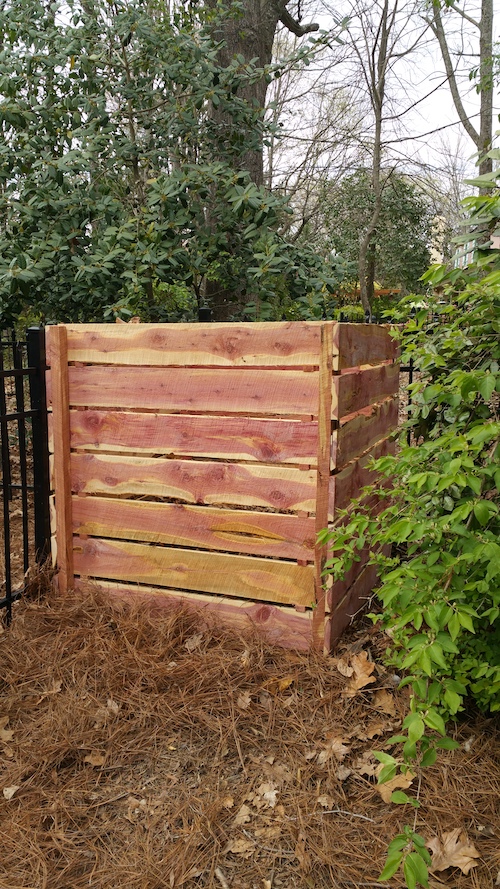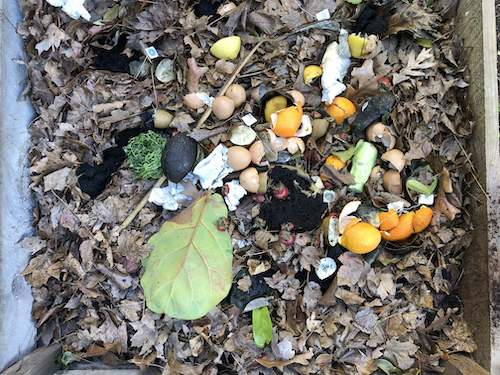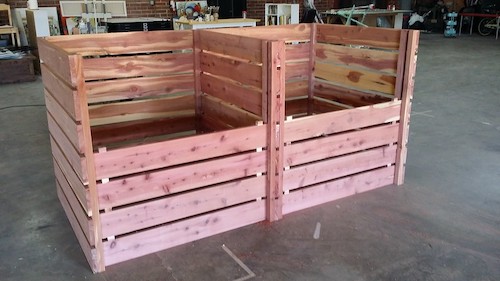Backyard Compost Essentials
 Friday, December 17, 2021 at 10:20AM
Friday, December 17, 2021 at 10:20AM 
Making your own organic compost has to be one of the least complicated garden projects you’ll ever take on. And it’s no exaggeration to say that it’s one of the most useful steps you can take to improve the health of your garden. Simply put, the quality of your homemade organic compost will almost surely far exceed anything that can be purchased in a bag.

So the sooner you can turn all those orange peels, egg shells, leaves, and grass clippings into organic compost and add it to your garden, the better. And if you consider a few simple guidelines, you’ll speed up a process that Nature already has well under control. Simply pile on the right things and avoid adding the wrong things to your compost bin, and you really can’t fail.

Start with Layers
Your compost pile will decompose faster when it has a fairly even combination of nitrogen-based and carbon-based organic material. These are often referred to as ‘green’ ( nitrogen-based ) and ‘brown’ (carbon-based) materials, and too much of one or the other can result in unpleasant odor, and a far slower decomposition process. Examples of nitrogen-based material include grass clippings, banana peels and coffee grinds. Dry, fallen leaves are a common source of carbon-based material for your compost pile.
Building your compost pile with alternating layers of nitrogen and carbon based materials is an excellent way to ensure the right ratio between these materials. Adding a shovelful of native soil and a handful of bonemeal with each layer helps ensure the presence and health of the hardworking aerobic microorganisms that are eager to break down the material. Now, layering does make your initial compost pile nice and neat. But, alas - the first time you turn the compost pile, those tidy layers will get all mixed up. But not to worry, because maintaining layers isn’t essential for the material to decompose. As long as you’ve added the right things in the right ratio, the stuff in your compost pile will still break down, layers or no layers.
Water or Cover as Needed
Your gardening intuition probably tells you that the material in your compost pile should be somewhere between bone-dry and soaking wet. And if so, you should trust that astute inner voice. The idea is to add water to the compost pile during prolonged dry weather, or cover the pile as needed during extremely wet weather, to maintain the moist consistency of a wrung-out sponge. This will foster the well-being of the aerobic microbes that break down the material, and help prevent plant nutrients from leaching out of the compost pile during heavy rains.
Turn the Material to Speed up the Process
Consider that turning the compost pile introduces oxygen, increasing the output of the aerobic organisms that continuously work to break down the material. Turn the material in the center of the pile outward, add a splash of water and perhaps a handful of bone meal, and you’ll help those hardworking aerobic microbes make good use of their new supply of oxygen. Turning your compost pile is not a wasted effort, and and the more often you turn the pile, the faster the material will break down.
But don’t fret if the idea of turning all that material doesn’t excite you. Turning the compost pile simply speeds up a natural process that will happen anyway - with or without your help.








Reader Comments